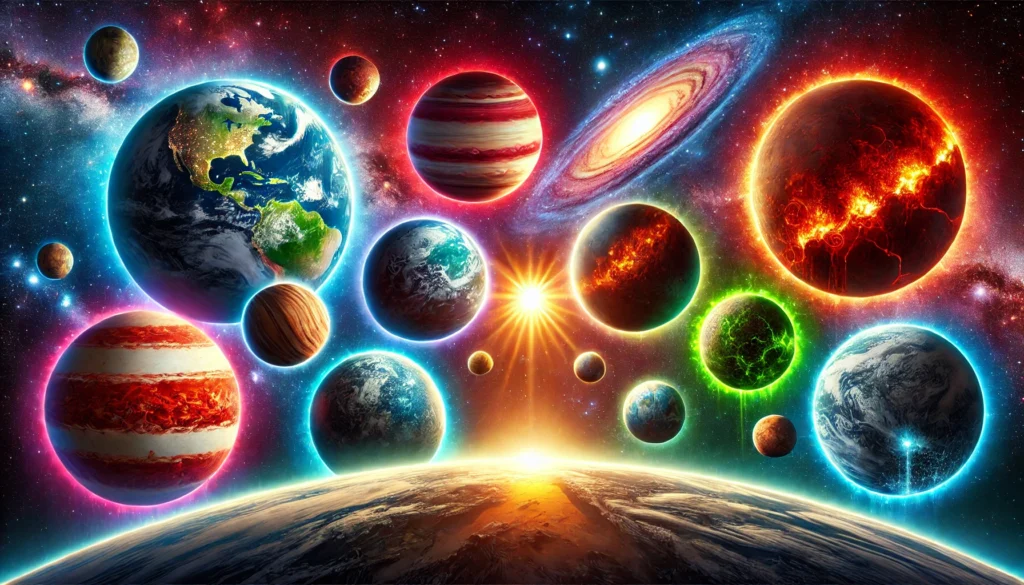Exploring the Seven Planets: A Journey Through Our Solar System
The solar system is a vast and intriguing place, with each planet holding its unique characteristics and mysteries. While there are eight recognized planets, let's focus on seven of them—each with its own wonders.
1. Mercury: The Scorched Messenger
Mercury, the closest planet to the Sun, is a small, rocky world. Despite its proximity to the Sun, it experiences drastic temperature changes, from blistering heat during the day to freezing cold at night. Mercury lacks a substantial atmosphere, making its surface vulnerable to meteoroid impacts and extreme weather shifts.
Fun Fact: A day on Mercury lasts 59 Earth days, while a year is just 88 Earth days.
2. Venus: Earth's Fiery Twin
Venus is often called Earth's twin due to its similar size and composition, but the similarities end there. Its thick, toxic atmosphere traps heat, creating a runaway greenhouse effect. Venus's surface is hot enough to melt lead, and its constant cloud cover hides it from direct view.
Fun Fact: Venus rotates in the opposite direction to most planets, causing the Sun to rise in the west and set in the east.
3. Earth: The Blue Marble
Earth is the only planet known to harbor life, thanks to its liquid water, suitable temperature, and protective atmosphere. This vibrant planet is a perfect blend of land, water, and life.
Fun Fact: Earth's rotation is gradually slowing down, meaning days are getting longer over millions of years.
4. Mars: The Red Planet
Mars is a fascinating world, with its reddish hue caused by iron oxide (rust) on its surface. Known for its towering volcanoes and deep valleys, Mars has been a prime target for exploration in the quest for signs of past life.
Fun Fact: Olympus Mons, the largest volcano in the solar system, is on Mars. It is about three times the height of Mount Everest!
5. Jupiter: The Giant of the Solar System
Jupiter is the largest planet, a gas giant made mostly of hydrogen and helium. Its Great Red Spot, a massive storm system, has been raging for centuries. With over 90 moons, including Europa and Ganymede, Jupiter is a world of endless fascination.
Fun Fact: Jupiter's magnetic field is the strongest of all the planets in the solar system.
6. Saturn: The Lord of the Rings
Saturn's iconic rings make it one of the most recognizable planets. These rings, made of ice and rock, are incredibly thin yet span thousands of miles. Like Jupiter, Saturn is a gas giant and hosts dozens of moons, including Titan, which has an atmosphere and liquid methane lakes.
Fun Fact: Saturn could float in water because it’s less dense than water.
7. Uranus: The Ice Giant
Uranus is a unique planet that rotates on its side, likely due to a massive collision in its early history. Its pale blue color comes from methane gas in its atmosphere. Uranus is the coldest planet in the solar system, with temperatures plunging to -224°C.
Fun Fact: A year on Uranus lasts 84 Earth years, but its days are just 17 hours long.
The Endless Frontier
The seven planets of our solar system showcase the incredible diversity of celestial bodies. From Mercury's searing heat to Uranus's icy chill, each planet offers a glimpse into the complexities of our cosmic neighborhood. The more we explore, the more we uncover about the universe and our place within it.
Which planet fascinates you the most? Let us know! 🌌


